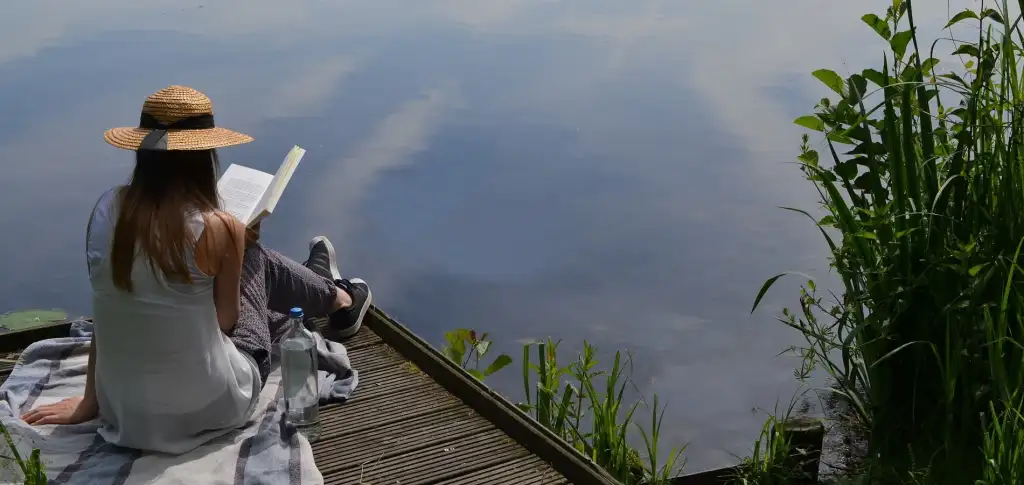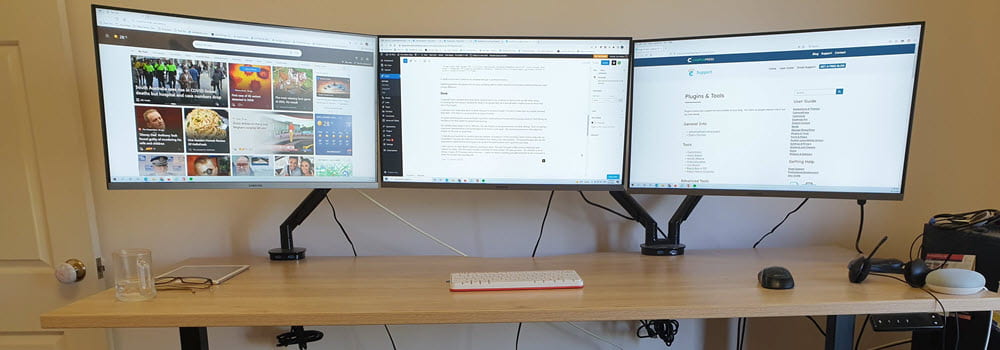After 3 weeks on the conference circuit, at 5 different conferences/workshops (8 days of which were away from home) I now have a good feel for what works/what doesn’t for me — and can focus on these when preparing to do my own presentations. [Image by quinncd]
Thanks to everyone who took the time to post their comments on Engaged OR Enraged? How Can We Do Presentations Better? which I used to when organising my own presentations last week. Apologies — I did respond back to the comments but managed in my tiredness to have my own comment munched! And with so many great comments I have now decided that I will respond back using this post because there were so many great tips that I would like to share with all my readers.
So here goes:
Thanks Alan for the links on tips for being a better presenters :
- Steve Job’s stories – remember to be passionate and tell stories that are compelling but don’t become distracted by all the other stuff you want to tell
- A few more Presentation How To’s – read this post – there are so many great tips for being a better presenter
- Better Beginnings: how to start a presentation, book, article… – this was definitely an important post I needed to read as I was doing everything Kathy Sierra recommends we don’t do. As a result of reading this information I totally changed the order of my slides and put my demos of podcasts at near the beginning.
- Presentation Zen – Agree every presenter should read through tips here — I used these tips when I changed to Presentation 2.0 style powerpoints.
I agree with Simon that clever presenters that have powerpoint as a background displaying stunning images, highlighting key points really engage me. Good luck with your own presentation! Simon please let us know if you want some more assistance.
Wow Emerald and Kathryn great points on what you don’t like (especially point number 6):
- Reading aloud a paper.
- Slides unconnected to what the person is saying.
- Too much text on the slides – I WILL try to read it and ignore the speaker
- The “wise person on the podium” approach
- People who just quote factette after factette but are obviously unfamiliar with the material and haven’t applied any original thought (happens when senior people who should know stuff, but don’t are asked to speak)
- Presentations that I think “well neither of us needed to be here in person for that”.
Totally agree Howard stories are important. My only disclaimer would be they have to be stories that your audience can relate to – presenters have lost me using stories and analogues that I don’t identify with – and you can use too many stories.
Diane’s tips were:
- Give lots of practical examples – which is what I try hard to do because I find different examples will inspire different educators
- Ensure you provide a variety of formats, too! i,e, provide paper, electronic, or both – for later exploration because your participants will have their own preferred learning style and vary in terms of technical ability. I remember a classic example where I created an “how to do” screencast (i.e. video) only to find that most my workshop participants struggle to learn this way and preferred detailed “how to” handouts.
Sorry Sarah was my fault — I should have linked better to my post on Presentation 2.0. Once you have seen a presenter use this method of powerpoint effectively – WOW – very hard to cope with other forms. There are lots of great examples of Presentation 2.0 styles on Slideshare however check out Alan’s Being There presentation while listening to the audio – it may give you an idea of how it ties together. (Mutter, mutter — Alan is much better at this style than me — can just watch in awe!)
Kate — I really could do with some voice coaching from you! Wish you were in Perth. Kate’s area of expertise is theatre and she shared these tips with us:
- Everyone can benefit from rehearsing your stuff. Speak it out loud and learn where to hit the button for the next slide; a lot of colleagues are astonished at this suggestion. Really, an awful lot of wrinkles (including performance anxiety) are ironed out during this phase of your prep. Timing is also very important.
- What works for me as an audience member is the concept image with the presenter speaking to the meaning … “an image is worth etc.”; large fonts please with only one or two text lines; DON’T read the text, speak to it.
- Learn to speak clearly and don’t rush (timing again) and yes, eye contact works really well if you can see the audience. Sometimes the lights are turned out for presentations, and you can’t see a thing in a big room. A tip here to make everyone feel you are contacting them, sweep across the audience with your eye line just about the heads of everyone. It works.
- And don’t forget that it is the human presence, the dynamics of communication which is paramount in all this. Don’t be killed off by your own slide-based presentation.
Take time to read the links John supplied as the research results also relate to classroom teaching. Thanks John for these great links:
- Research points the finger at PowerPoint – We all need to KNOW THIS! “It is more difficult to process information if it is coming at you in the written and spoken form at the same time.” I am glad there is a scientific basis to why I had to switch off in a few of the presentations!
- Help! My brain is overloaded!– I need to remember this “In a classroom situation, only limited material is going to be retained, unless notes are taken or handed out”
John also asked me “What is engaging you in presentations?.” Well over the past 3 weeks — the only ones that have totally engaged me are the ones that focused on interaction and conversations. What works for me on the web is social networking – the engaging, communication, collaborating, conversations and sharing. Yet conferences often expect us to sit in rooms for up to 8 hours just passively taking in information with no interaction.
As Joel says “Great slides don’t make great presentations. Great presenters make great presentations.” So true! 3 weeks of conferences I have some classic examples of presentations that had valuable information but I could not hold my attention for this exact reason.
Thanks Gary for the link to Miles’s review of 19 Tips for Public speaking. Some of my friends have pet words — hate to think what mine are….
Love how Leonard is now debating the true meaning of Presentation 2.0 – “A *TRUE* “Presentation 2.0″ should involve the audience – if not in the creation of the content itself, then certainly in its delivery.”
You know what Leonard I think I agree – when reflecting what I like/don’t like — the unconference format of BarCamp and PodCamp work the best for me because of the interaction between the presenter and participants. Would love to see the unconference format adopted more widely. PS Harriet can you ask Louise and Jackie for how they found the unconference format?
WOW think Sally comment is a nice closer where she talks about:
- Mixing shock value of stories with images that are equally shocking/confusing/hilarious
- That work it in with the heated/passionate discussion that will soon follow, either through questions or comments, depending on the size of the audience into collaboration and networking.
Great quote Sally “In summary, bounce off the walls and let it get messy – it lends for some real cool learning”
FINAL THOUGHT
PS Hopefully my presentations went okay — still on trainer wheels — feedback welcome.
Side note — What I did add into mine last week was SMS for them to ask questions between the morning and the afternoon presentations — which meant they were able to ask questions they would not normally have an opportunity to ask and get their answers!




Leave a comment